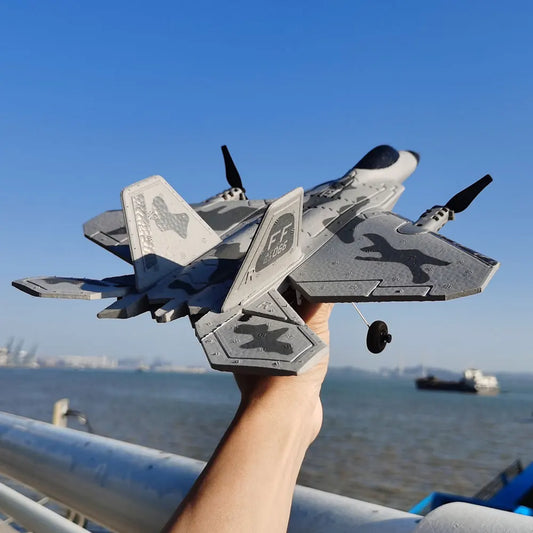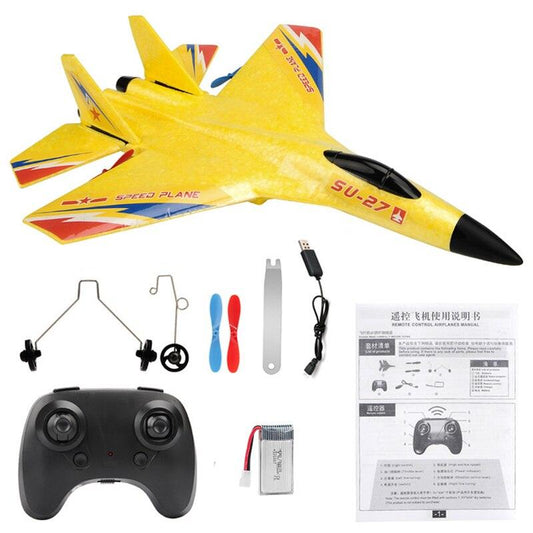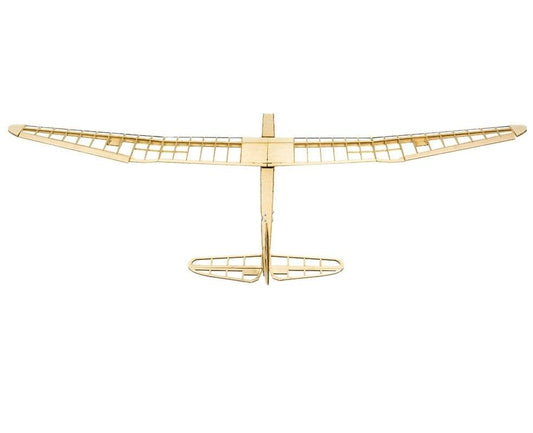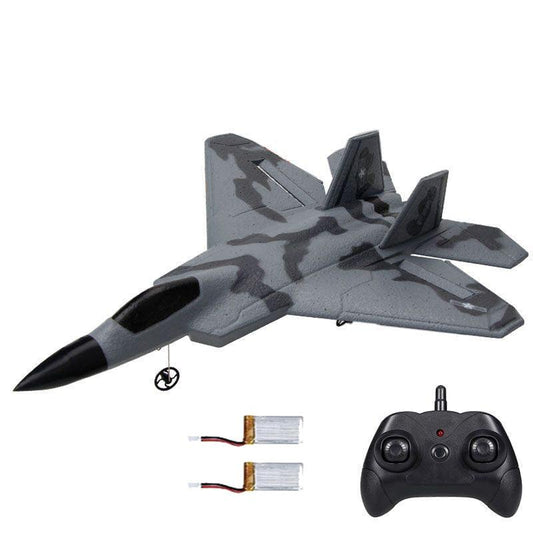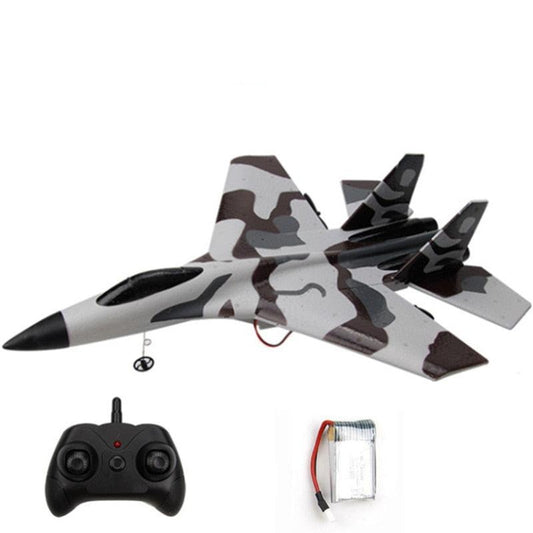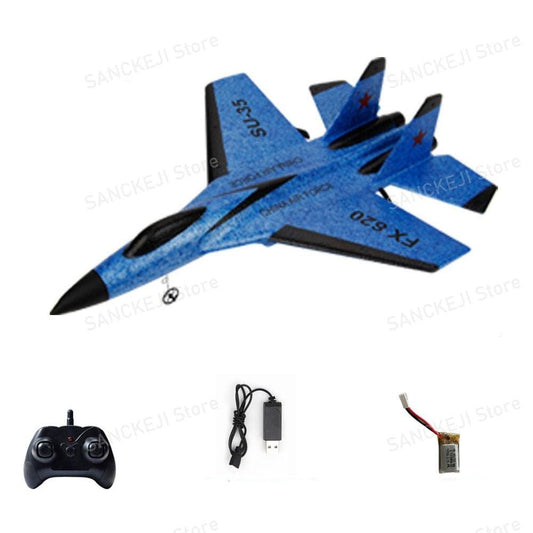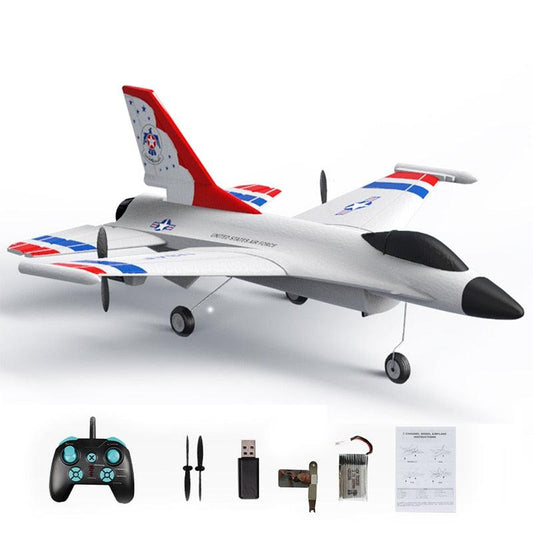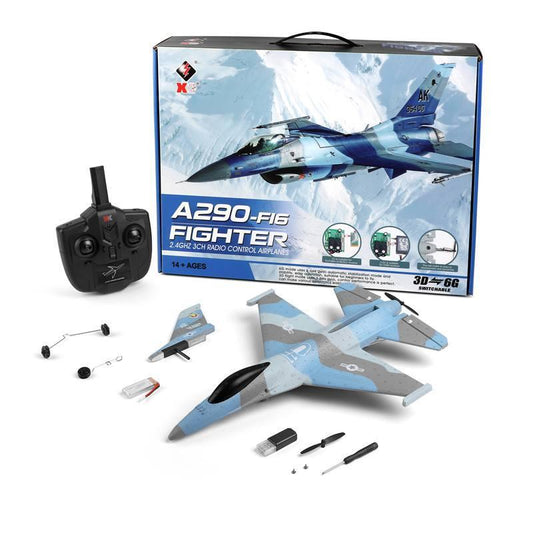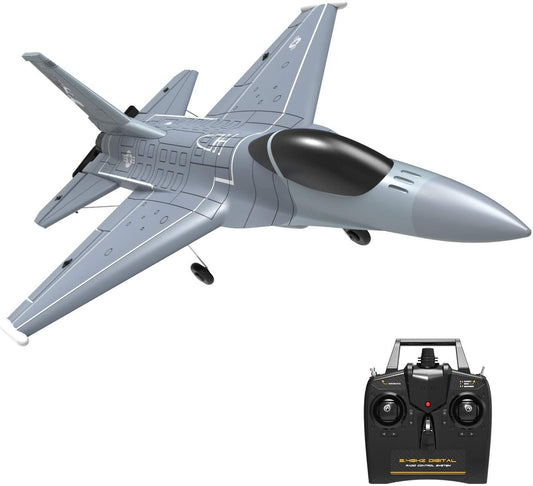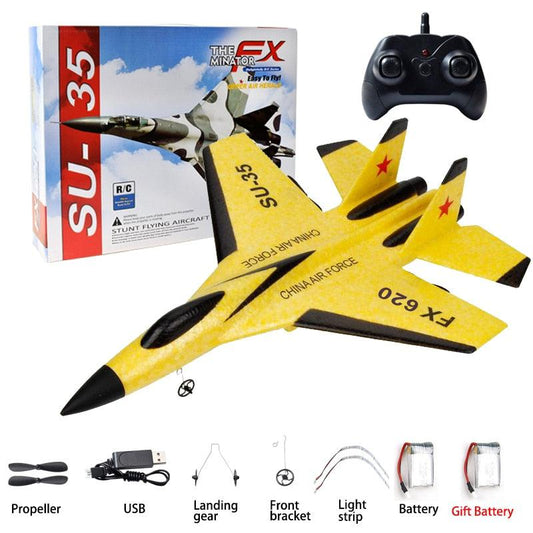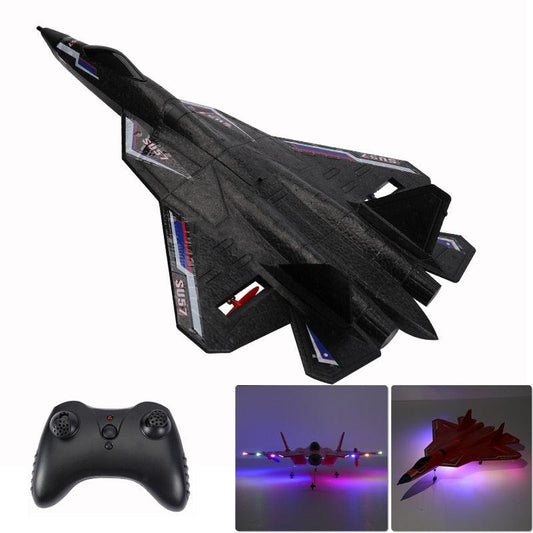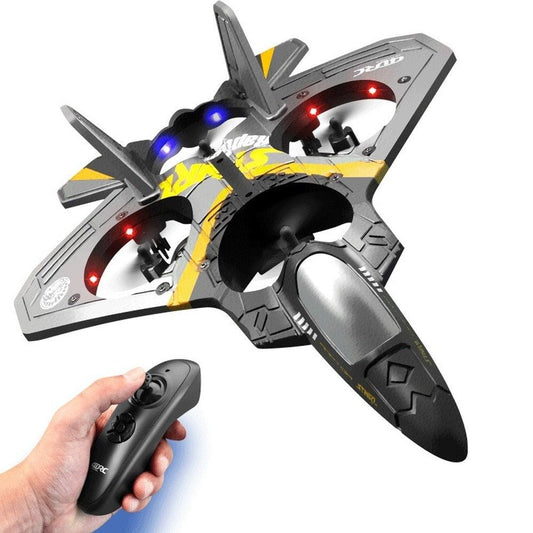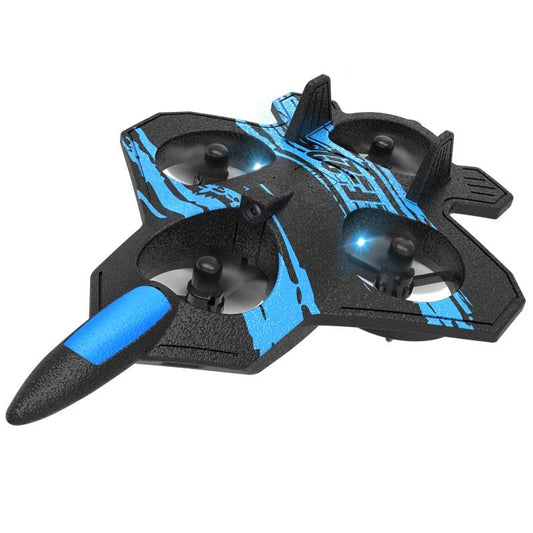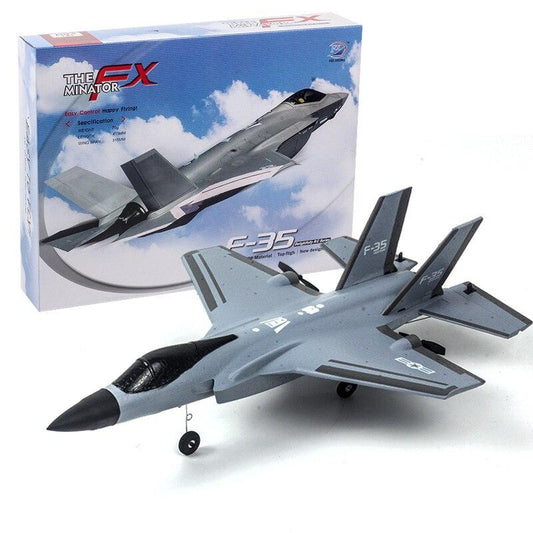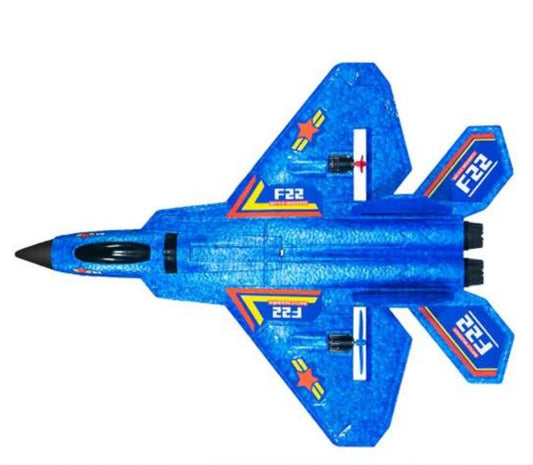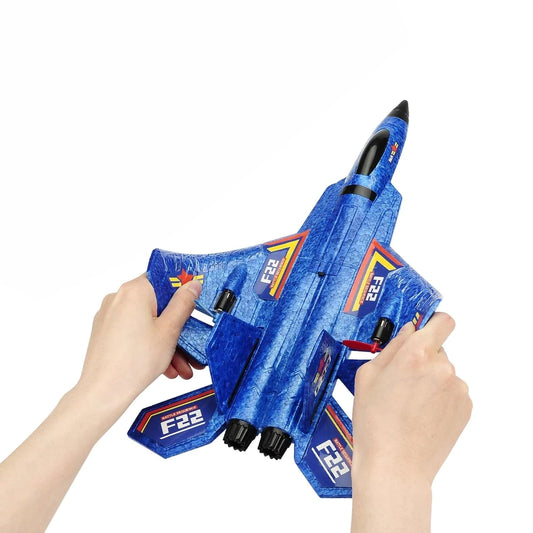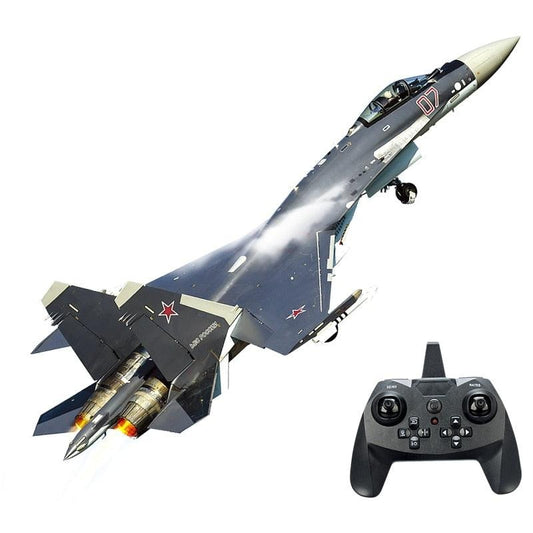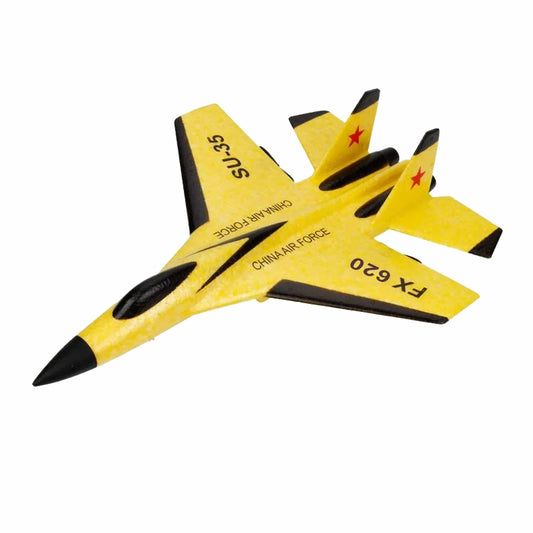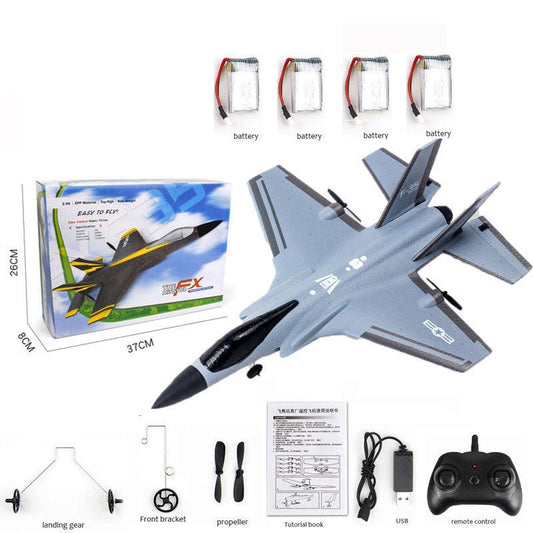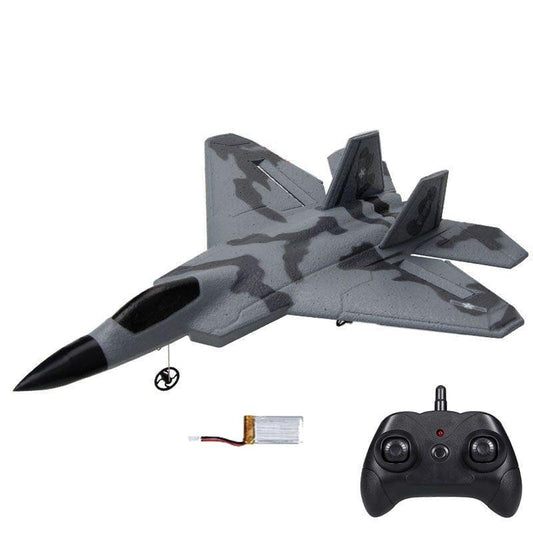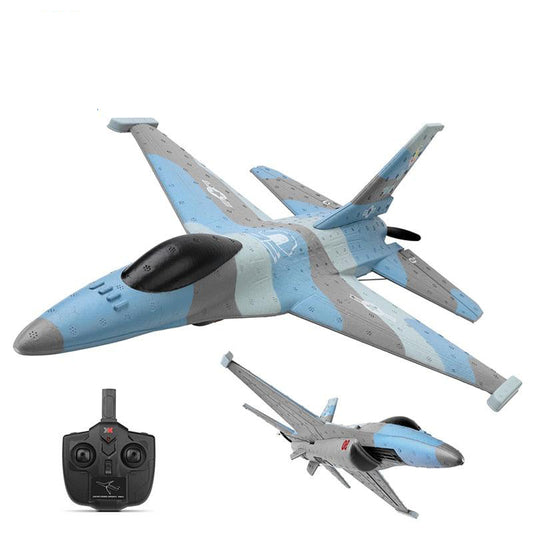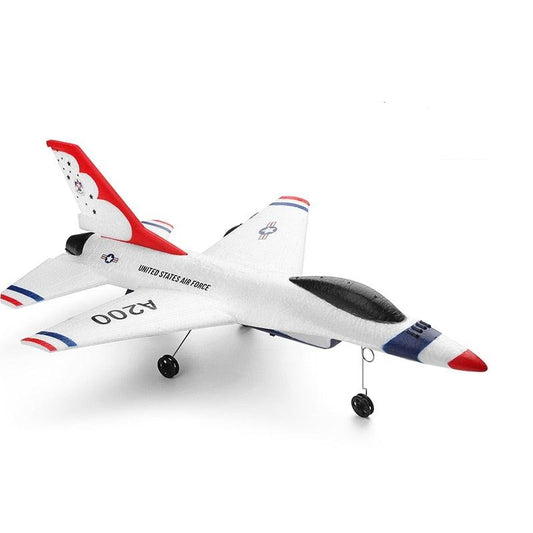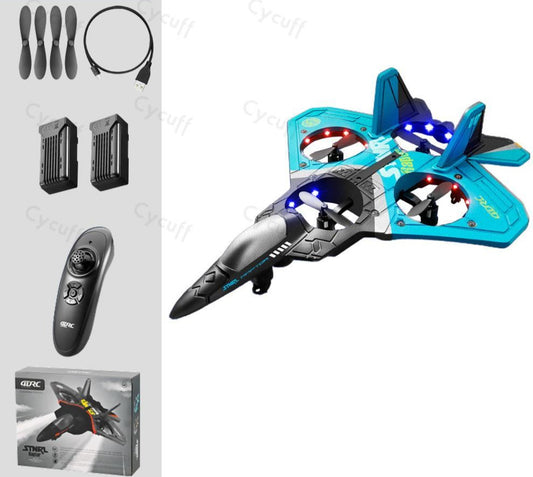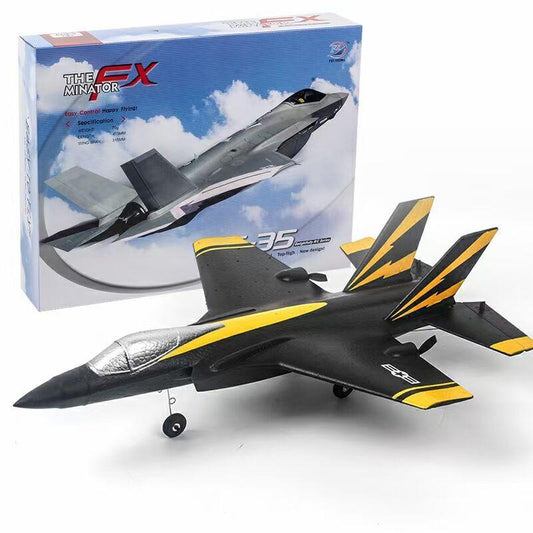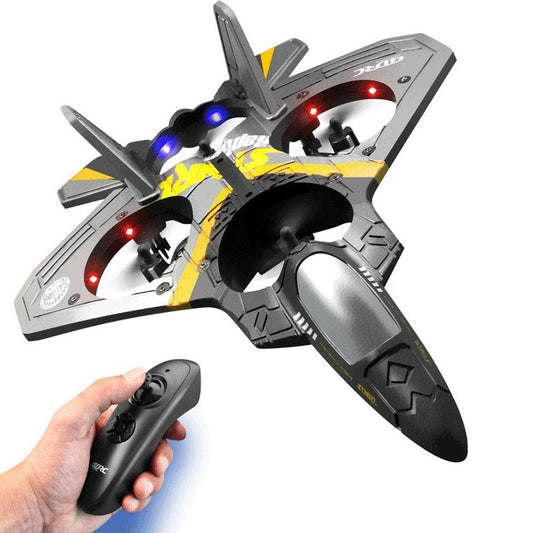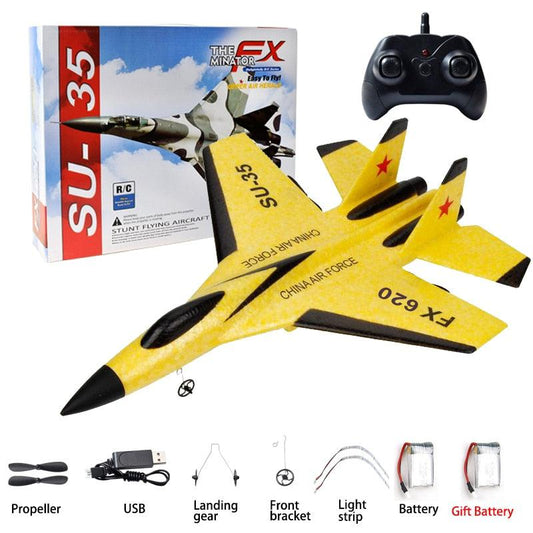-
BM16 F22 RC Foam Plane - 4 Channels 6G Auto Stabilization with 720P Camera Remote Control Airplanes Aircraft Toys for Children
Regular price From $90.37 USDRegular priceUnit price per -
501 RC Plane - 2.4G Radio Control Glider Remote Controlled Fighter Plane Foam Airplane Model Toys for Children Boys
Regular price From $24.17 USDRegular priceUnit price per -
RC Plane Laser Cut Balsa Wood Airplanes sunbird 2017 motor glider Wingspan 1600mm Balsa Wood Model Building Kit
Regular price From $139.79 USDRegular priceUnit price per -
FX-622 F22 RC Plane - 2.4G Remote Control Fighter Hobby Plane Glider Airplane EPP Foam Toys RC Plane Kids Gift
Regular price From $29.89 USDRegular priceUnit price per -
FX-620 SU-35 RC Remote Control Airplane - 2.4G Remote Control Fighter Hobby Plane Glider Airplane EPP Foam Toys RC Plane Kids Gift
Regular price From $50.18 USDRegular priceUnit price per -
SU-35 FX 620 Foam Glider Fighter - Flying Toy for Kids Children Remote Control Airplane Avion RC Plane Aircraft SU35
Regular price From $38.37 USDRegular priceUnit price per -
F16 Foam RC Airplane - 2/3 Channels Remote Control Aircraft 2.4G Radio Control Stunt Glider RC Fighter Plane Toys for Children Boy
Regular price From $53.08 USDRegular priceUnit price per -
Wltoys XK A290 RC Airplane - 3CH 452mm 3D/6G System plane Epp Drone Wingspan Toys Remote Radio Control Model Aircraft For Children
Regular price From $76.79 USDRegular priceUnit price per -
F16 Falcon RC Airplane - 2.4G 6-Axis 365mm Wingspan EPP One Key Return Aerobatic Fixed-wing Trainer RTF for Beginners
Regular price From $111.83 USDRegular priceUnit price per -
RC Foam Aircraft SU-35 Plane - 2.4G Radio Control Glider Remote Control Fighter Plane Glider Airplane Foam Boys Toys for Children
Regular price From $26.39 USDRegular priceUnit price per -
Rc Plane SU 57 - Radio Controlled Airplane with Light Fixed Wing Hand Throwing Foam Electric Remote Control Plane
Regular price From $31.34 USDRegular priceUnit price per -
4DRC V17 RC Plane - Remote Control Aircraft With Gravity Sensor 2.4G Wireless Remote Control RC AirPlane for Boy and Girl Gift
Regular price From $43.36 USDRegular priceUnit price per -
F22 Foam RC Plane - with Camera 4K 360° Stunt Remote Control Aircraft Fighter Helicopter Airplane Toys for Boys Children
Regular price From $36.33 USDRegular priceUnit price per -
NEW Rc Plane F35 F22 Fighter - 2.4G 4CH EPP RC Airplane Wingspan Remote Control Plane Warbird RTF Flight Toys for Boys Kids
Regular price $71.60 USDRegular priceUnit price per -
F22 Rc Plane - Remote Control Aircraft Glider Radio Control Helicopter EPP Foam remote controlled Airplane Toys for boys Children
Regular price From $33.26 USDRegular priceUnit price per -
F22 Rc Plane - 2.4G Remote Control EPP Foam plane
Regular price From $36.08 USDRegular priceUnit price per -
SU35 2.4G 4CH Stunt RC Aircraft - Six-Axis Remote Control Air Plane 360° Tumbling Easy Flying RC Fighter Drone Toys for Children
Regular price From $102.28 USDRegular priceUnit price per -
FX-620 SU-35 RC Plane - Remote Control Airplane 2.4G Remote Control Fighter Hobby Plane Glider Airplane EPP Foam Toys RC Plane Kids Gift
Regular price From $25.74 USDRegular priceUnit price per -
SU-35 Glider RC Plane - Wingspan RC Remote Radio Control Drones Airplanes RTF UAV Children Toy Kids Gift Boy Aviation Flight Model
Regular price From $8.68 USDRegular priceUnit price per -
SU-35 Glider RC Plane - Wingspan RC Remote Radio Control Drones Airplanes RTF UAV Children Toy Kids Gift Boy Aviation Flight Model
Regular price From $14.89 USDRegular priceUnit price per -
F22 SU35 Fixed Wing Airplane - Hand Throwing Foam Dron Electric 2.4G Glider RC Drone Remote Control Outdoor RC Plane Toys for Boys
Regular price From $42.91 USDRegular priceUnit price per -
Wltoys A290 F16 3CH RC Airplane - 2.4G Remote Control Fixed Wing A200 RC Airctaft Landing Glider Planes Model Foam Toys For Boys
Regular price From $49.83 USDRegular priceUnit price per -
Wltoys A290 F16 RC Airplane - 3CH 2.4G Remote Control Fixed Wing Drone A200 RC Airctaft Landing Glider Planes Model Foam Toys Boy
Regular price From $46.30 USDRegular priceUnit price per -
WLtoys A200 Rc Plane - Park10 (F-16B) 3CH 2.4G Remote Control Fixed Wing Stunt Rc Airplane Landing Glider Airplanes Model Toys Boy
Regular price From $44.74 USDRegular priceUnit price per -
V17 RC Remote Control Airplane - 2.4G Gravity Sensing Remote Control Plane Glider Airplane EPP Foam Boy Toys Kids For Gift
Regular price From $36.89 USDRegular priceUnit price per -
RC Aircraft SU-35 Plane - 2.4G Radio Glider Remote Control Fighter Plane Glider Airplanes Foam Toys for Children Boy Birthday Gift
Regular price From $31.33 USDRegular priceUnit price per -
V17 Gravity Sensing Rc Plane Aircraft Glider Radio Control Helicopter EPP Foam Remote Controlled Airplane Toys for Boys Children
Regular price From $42.12 USDRegular priceUnit price per -
Rc Plane V17 - Gravity Sensing Aircraft Glider with Light Radio Control Helicopter Foam Remote Controlled Airplane Toys for Boys
Regular price From $37.23 USDRegular priceUnit price per -
SU-35 Plane RC Foam Aircraft - 2.4G Radio Control Glider Remote Control Fighter Plane Glider Airplane Foam Boys Toys for Children
Regular price From $29.78 USDRegular priceUnit price per
